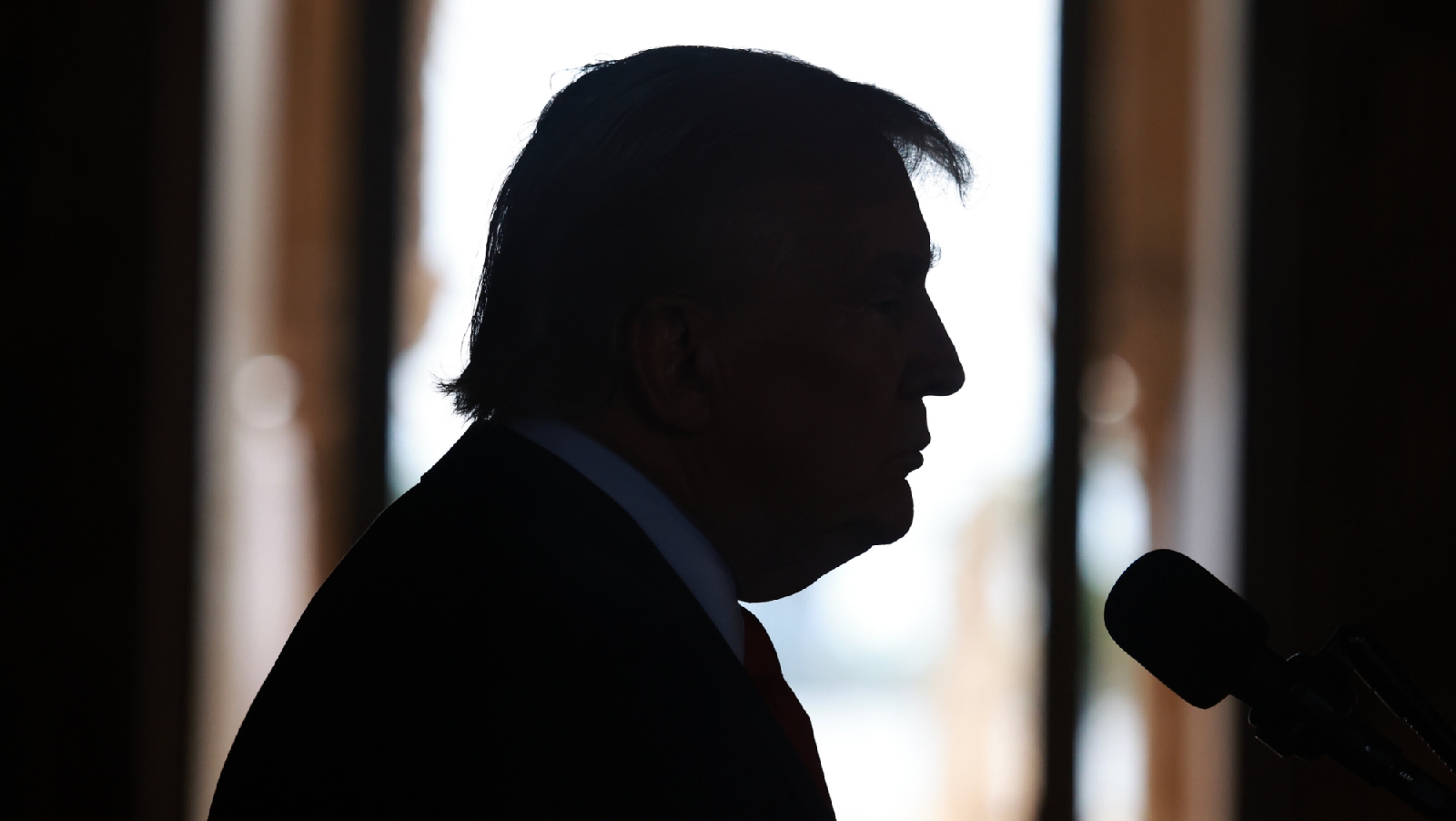Five things to know about Donald Trump's 'AI Action Plan' for government regulation
President Donald Trump has officially released his AI Action Plan, a long-anticipated policy agenda that significantly reshapes the U.S. government’s approach to artificial intelligence. The 23-page plan replaces former President Joe Biden’s more cautious AI executive order with a strategy built around minimal regulation, increased competition, and global technological dominance. Here are five major points that define this pivotal policy shift.
Trump’s AI Action Plan shifts U.S. strategy toward deregulation, favoring tech growth, reduced oversight, and aggressive international competition.
Joe Raedle/Getty Images
1. Deregulation Is the Defining Theme
The most notable aspect of Trump’s AI Action Plan is what it omits. Regulatory frameworks that existed under the Biden administration have largely been stripped away. Biden’s previous order, while limited in scope, urged AI companies to share information about model risks with government agencies. Although lacking enforcement power, it reflected an attempt to preempt harmful consequences from emerging technologies. Trump’s plan, in contrast, mentions regulation primarily in a negative context—describing it as burdensome, unnecessary, or obstructive to innovation. By emphasizing competition over constraint, the plan makes clear that the federal government will not act as a watchdog for the tech industry.
2. Tech Industry Influence Is Evident
Feedback gathered ahead of the plan’s release appears to have come largely from technology companies. The plan avoids hard rules and instead champions innovation and free enterprise. Repeated use of terms like “competition” and “freedom to innovate” indicates alignment with major tech figures, including Elon Musk, Sam Altman, and Marc Andreessen—all of whom have shifted their political support toward Trump. For industry stakeholders, the plan represents a green light to expand AI research and development without regulatory delays or mandatory safety disclosures.
3. Infrastructure Growth Takes Priority Over Environmental Concerns
A major component of the plan focuses on accelerating the construction of AI infrastructure. This includes data centers, semiconductor manufacturing, and energy-related facilities. The strategy emphasizes speed and efficiency, stating that current permitting laws hinder growth. While it doesn’t explicitly reject environmental regulations, the implication is clear: red tape must be reduced to fast-track expansion. The environmental impact of AI infrastructure, such as high energy consumption, receives minimal attention. For Hollywood and media industries, this open-door policy allows both increased use of AI and greater competition from AI-native companies.
4. China Is Both the Challenge and the Market
Geopolitical strategy plays a central role in the new AI framework. The plan identifies China as both a technological adversary and an essential trading partner. Trump’s administration argues that to counter China’s global influence, the U.S. must dominate AI development without regulatory limits. Yet, it also opens the door to commerce—lifting restrictions on companies like Nvidia, allowing them to sell high-performance chips to Chinese firms. This dual strategy aims to strengthen American AI exports while curbing China’s role in shaping international AI policy. At the same time, the document lacks specific definitions for America’s AI allies or what standards it expects to export.
5. Ideological Bias and “Free Speech” Take Center Stage
Rather than focusing on pressing concerns such as algorithmic bias, misinformation, or job displacement, the Trump administration places unusual emphasis on ideological neutrality. The plan warns against “top-down bias” in AI systems and insists that government contracts only go to developers who uphold “free speech” principles. This language reflects ongoing political narratives rather than grounded AI safety concerns. While tech experts often cite disinformation, hate speech, and intellectual property abuse as key issues, Trump’s AI plan spotlights cultural politics instead. For now, these stipulations are largely symbolic, as even AI developers often struggle to fully trace the data shaping their models.










